Chest have their early origins as far back as the Egyptian era and Middle Ages. Primarily, chests were portable storage devices that held the possessions a family owned. Sometimes the chest was the only furniture a family possessed and hence, it served multiple purposes, including a table and a chair.
However, in the 18th and 19th centuries, cedar chests were popularized because of their ability to repel insects and moths from beddings. The characteristic smell of it also gave fabrics made well sought-after.
As the years advanced, the chests took on an even special purpose. As a young lady approached marriageable age, her family would gift her a chest containing items standing as contributions to the marriage. Eventually, a bride’s chest has attributed the name ‘hope chest’ for she would carry in items she hoped will support her marriage.
Discovering an impressive cedar chest that was manufactured before the 20th century is a lucky find. And if you were fortunate to come across such pieces, you could rack in some hundreds of dollars and at times, thousands.
But how do you identify such rare pieces? This identification guide will help you classify an antique cedar chest for value.
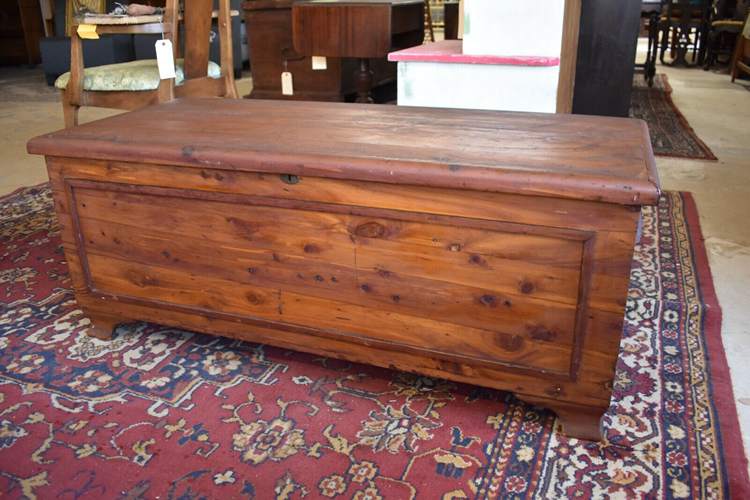
Table of Contents
How To Confirm A Cedar Chest’s Antiquity
Now that you are ready to pick up/identify an antique cedar chest, how can you tell an original from a fake, redone/ reproduced design that carries the antique look? Even some sellers get bumped by these scams. There are distinguishing features to help you determine the antiquity of a cedar chest and make a successful purchase.
1. Manufacturers
One of the first sign that gives a clue to the originality of your antique cedar chest is the physical signature of the manufacturer. Antique cedar chests were produced by virtually every furniture maker. As such, there were physical signatures, engravings or trademarks to aid identification.
Popular Cedar Chest Manufacturers
The following were top competitors of the cedar chest manufacturing industry in the 1900s:
- The Lane Company
- Ed Roos of Forest Parl
- Cavalier of Chattanooga, TN
- Caswell-Runyan in Huntington, IN
2. Wood
Check the various wood components if they are by the same manufacture and possess the same features. Fake models sometimes have woods that are mismatched at the top and at the bottom
3. Hardwares
The hinges and metal parts of a cedar chest can help you pinpoint whether it is authentic or not. Most times, these metals are forged by hand by metal workers; and are typically made with pure wrought iron. You can trace the slight imperfections of the metals with your hands.
Another aspect of the hardware you need to consider is the dovetails. Dovetailing is a term used to depict the meshing joints of two perpendicular angles. Since a sizeable amount of antique cedar chests were made by hand, you can easily detect the flaws in the handiwork
4. Cracks/Worn-out lines
Another major sign you would need to concern yourself with is cracks. These worn-out lines are evidences of consistent use of the furniture during its expected period. You can’t expect well-finished wood to carry these marks. These worn out lines can be detected on the surfaces of the antique cedar chest or on the inside.
Market Valuation Of Antique Cedar Chests
To correctly estimate the possible market value for an antique cedar chest, you need to concern yourself with several interdependent factors. Then, you will need to combine these factors to get a good grasp of the possible market value.
The following are some factors that influence the value of your antique cedar chest:
1. Manufacturer’s Mark
Antique cedar chest manufacturers marked their products in specific ways and at different locations—either with a stamp, metal tag, or brass plate. If you can find this information, it would provide clues as to the value of the item.
- When competing companies began producing similar chests, markings were paramount and discreet. You need to check areas out of sight particularly at the bottom of the chest and underneath the lid.
- Companies like Ed Roos have variations in their manufacturing marks. Some chests have their unique rooster symbol with an ‘Original’ mark, some didn’t. Other times, it would have a tree symbol or a love heart symbol—for the sweetheart category.
- Companies like Lane have their mark showed with a small brass plate.
2. Age
Most antique cedar chests have a serial number engraved or stamped on a section of the chest. This serial number also doubles as their manufacturing date of the chest.
An interesting fact to note is that the serial number is to be read backward (i.e. from right to left). This invariably means that a serial number would either be six digits reflecting the date, month, and year of creation.
For example, if a chest’s serial number reads ‘2562230’, the production date would be March 22nd, 1965. The first number seen above (or seventh, if you’re reading for production date) is an extra number that could be present. It is usually an indication of the factory site the antique chest was manufactured. In this case, this chest was manufactured at site ‘2’.
If your antique cedar chest was manufactured during the 1920s or 1930s, you might be holding a valuable piece in hand.
3. Craftmanship
A good way to determine the value of your antique cedar chest was to note the craftmanship used to arrange the antique piece. If the dovetail joints are cleanly lined and finished, it a good sign that the piece was machine-produced. However, uneven and roughly cut joints are signs of hand-crafted pieces—and these are priced at higher rates.
4. Condition
Note carefully the condition of your antique cedar chest. Are there scratches? Possibly missing pieces? Worn out cedar? All of these weaken the value of your chest in the market; especially when it is matched with another chest in better condition.
Examine if the chest has been re-stained or repainted or contains other adjustments. If so, there will be a decrease in market value. Some models of antique cedar chests come with stuffing and upholstery, showing their originality. Take your time and examine the bits
5. Style and Shape
Different companies made cedar chests in various styles and shapes. The Lane company was famous for this.
- They had antique cedar chests made in traditional styles (in the 1920s). These chests had the standard hinged top that could be locked with a key. They used cedar to line the chest’s inners but used a variety of materials such as cherry and walnut for the exterior. You would often see detailed carvings that give the chest a phenomenal look
- The lane company manufactured cedar chests in the Chippendale and Art Deco style (between the 1930s – 1940s). These chests had embellished woods with striking geometric shapes in inlay regions. Some had hinged shelving boxes inside the chest for storing items. If you possess a Chippendale-styled antique cedar chest, you will notice its distinct ornate carvings and ball-and-claw feet.
- They produced antique cedar chests in Mid Century and Danish Modern styles (the mid-1940s – late 1960s). These chests’ aesthetics were cleaner and possessed angular feet. The designs also had intricate wood stains that looked more industrial. Others featured upholstery, drawers, and even rare Tuxedo-style.
If you have a rare hand-painted chest produced in the 1920s, you can be sure that it would be highly desirable than a single-lid chest manufactured in the 1970s.
6. Safety locks
Chests that were produced before the late 1980s had a unique feature. They included locks that could catch and lock automatically when the lid shuts. Sadly, this led to the accidental entrapment and tragic death of some children who got shut inside the chest and suffocated.
Consequently, the companies called for a recall of these locks for safety reasons. But, although several people took out the locks, it is estimated that over 6 million of the 12 million cedar chests produced within that timeframe still did not safety locks installed.
Thus, the market value of an antique cedar chest without a safety lock would be higher as it shows an earlier manufactured design.
Pro-Tip: If you get an antique cedar chest (with the original catch-and-shut lock) to be used long-term, it is advisable to get the lock exchanged or removed for safety purposes.
Generally, antique cedar chest can value at $99 to an average of $300-$400. For rare and decorative chests, the price can go as high as $700 if it still holds its original hardwares and is in pristine condition. However, to get the precise value of your antique cedar chest and ease the hasle of self-evaluation, you can seek the services of an expert appraiser
Final Thoughts
Antique cedar chests are coveted for their versatility in mordern times and phenomenal statemensts. However, you need to be on guard when purchasing this antique furniture. The fact that reproduction is possible makes mistakes on purchase common.
If you still feel confused at any point, we recommend you consult a professional for ease. In fact, there are online antique sites and communities that could give a pointer to antiquity.
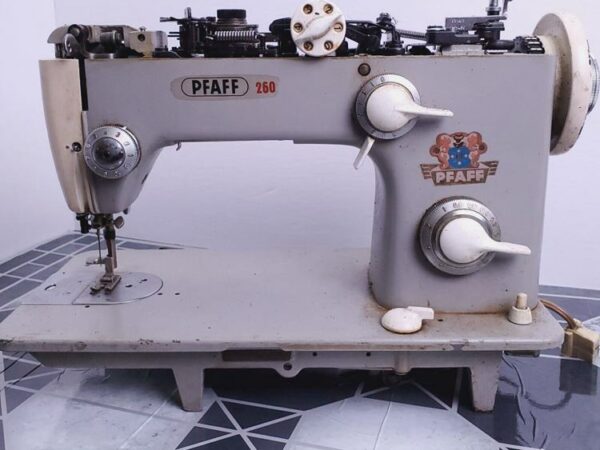
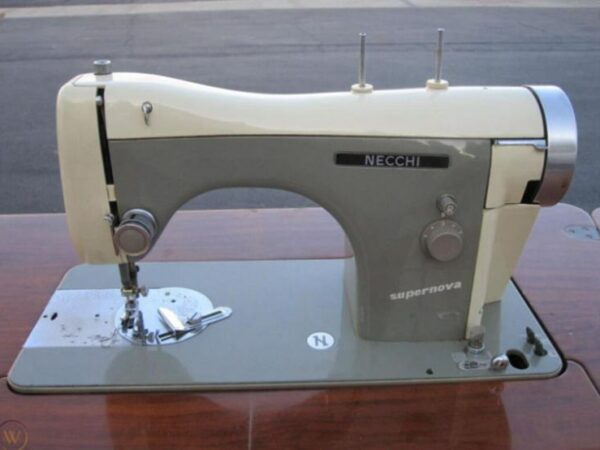
![Vintage Medicine Cabinet Styles Guide [With Pictures]](https://www.txantiquemall.com/wp-content/uploads/2021/12/Vintage-Medicine-Cabinet-Styles-Guide-600x450.jpg)
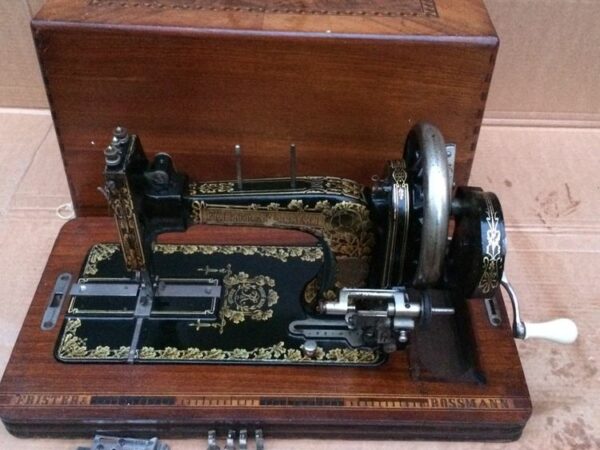
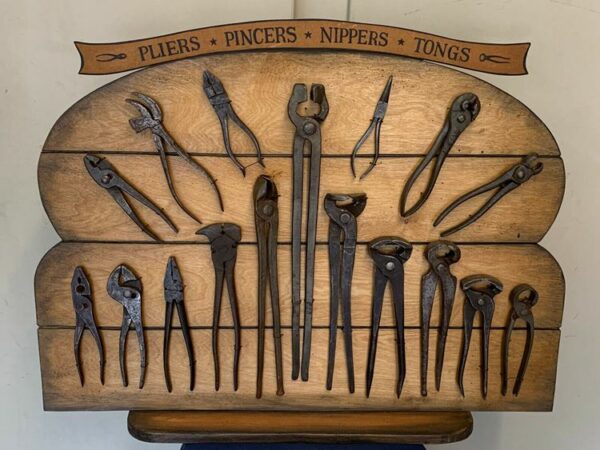
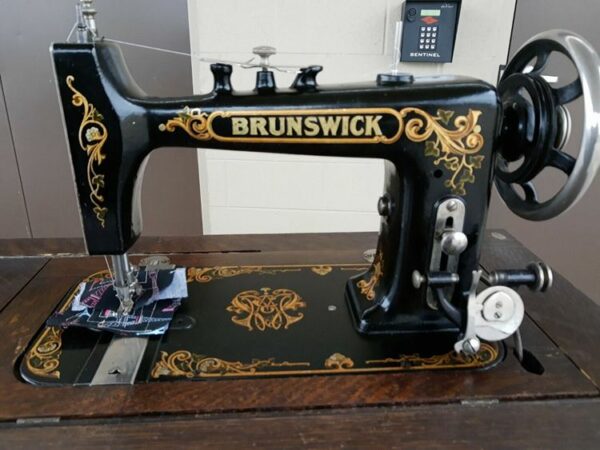
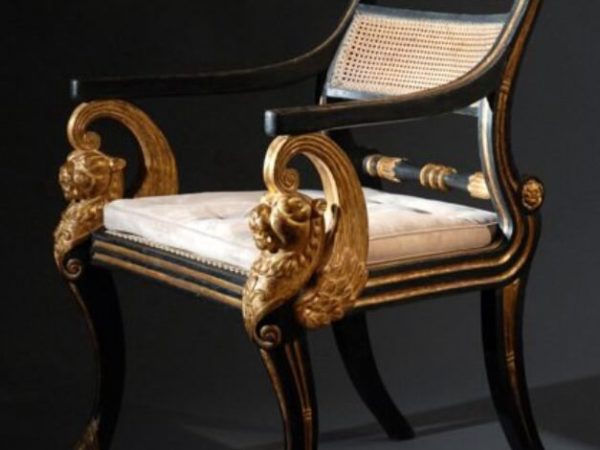
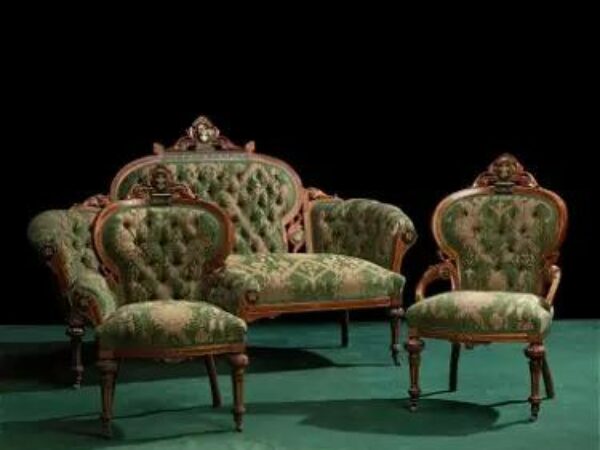
The only thing ours has on it is Cavalier Chattanooga, TN unit 6579 # 400 I have a picture of it. I just want to know how old it is;since it was my Grandfathers. I have searched every where and see nothing close to it.
1956
My Cavalier chest has similar markings. 5405 437. Did you ever find out how to date it? Thanks
I have a Lane Hope chest from 1938. The serial no. is 631280, and the style no. is 441096.
I had it refinished 10 years ago and the front of the chest was sanded. I was so upset.
I would love to see what my chest (my mom’s chest) looked like in its original condition.
I would greatly appreciate it if you could help me.
Sincerely,
Mara
.
I have a small, aprox 22″ w x 10″ h, covered chest (i don’t think it’s cedar).
It is covered with material and the material is cream colored with flowers in a greenish blue variants. The material also has the name ‘Sealy Tufless’ printed throughout the flowers. I think this might have been a marketing gift given to those who bought a matress from Sealy. I am unable to find any information on this any where. Do you have any ideas how I can look this up? Thank you for your time. Linda